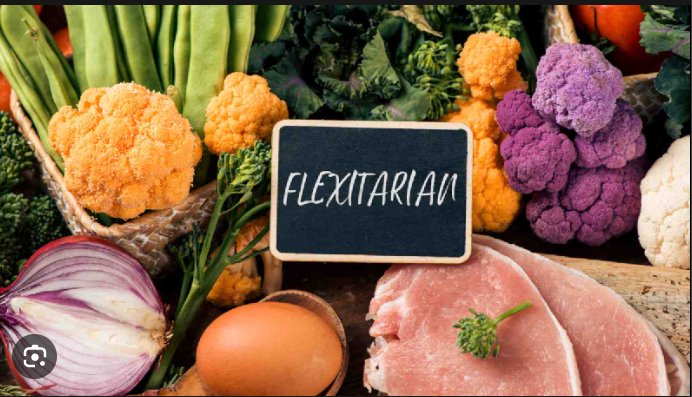You don’t have to give up meat entirely to enjoy the health advantages of vegetarianism with a flexitarian diet, commonly referred to as a semi-vegetarian diet. Instead, you can eat vegetarian most of the time while occasionally treating yourself to a burger or steak.
What Is Flexitarian?
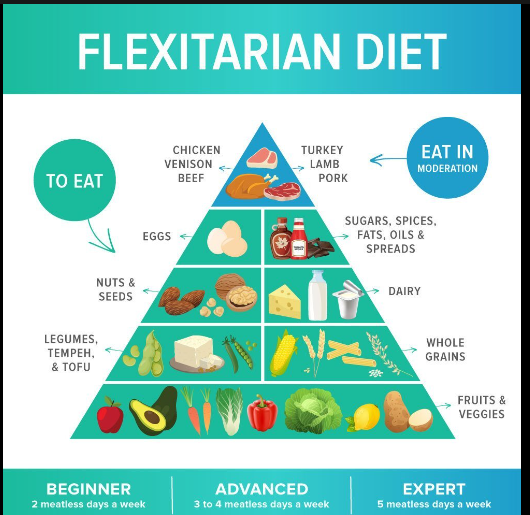
Also read-DASH Diet For Healthy Weight Loss And Hypertension
The Flexitarian Diet combines the ideas of flexibility and vegetarianism. Registered dietician Dawn Jackson Blatner first used the word more than ten years ago in her 2009 book, “The Flexitarian Diet: The Mostly Vegetarian Way to Lose Weight, Be Healthier, Prevent Disease, and Add Years to Your Life.”
A vegetarian diet known as a “flexitarian” is less restrictive than a traditional vegetarian diet and is similar to lacto-vegetarian or pesco-vegetarian diets. You can enjoy the health advantages of vegetarianism without adopting a wholly anti-meat lifestyle by eating flexitarian, sometimes known as a semi-vegetarian diet. Instead, you might choose vegetarian meals the majority of the time while still enjoying a burger or steak sometimes.
Studies demonstrate that those who follow the diet may not only lose weight but can improve their overall health by lowering their risk of heart disease, diabetes, and cancer by consuming more plant-based foods and less meat. It is also regarded as being environmentally friendly because it decreases meat consumption. The message is still relevant today.
The emphasis is still on eating more plants and being flexible rather than rigorous about it, according to Blatner. “To be clear this is a ‘lifestyle,’ not a traditional ‘diet.’”
How does the flexitarian diet work?
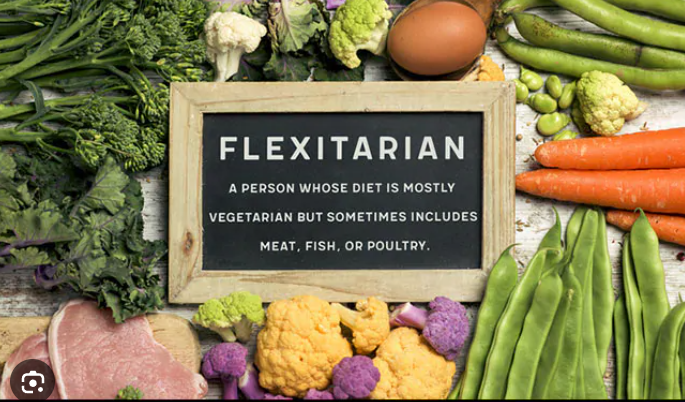
Choose proteins that are not meat, such as beans, peas, or eggs. Include seasonings, whole grains, dairy products, fruits, and vegetables. Reduce weekly meat consumption by small amounts while increasing the number of days without meat.
Advice: If you’re wanting meat, try substituting plant-based meats like veggie burgers for regular meat.
Follow at your own pace, whether you dive right in or take things slow.
Instead of completely removing some food groups from your diet, becoming a flexitarian is more about including them. For instance, adding a variety of spices and seasonings can enhance the flavor and nutritional value of meals.
Friendly to families: With little to no adjustment, the meals may be easily shared by the entire family. All ages can enjoy the nutritious and well-balanced culinary alternatives.
Easily affordable. Foods for this diet are easy to locate at a standard grocery store; don’t call for pricey or specialized foods.
Ecologically sound: The diet takes the effects of food choices on the environment into account. The majority of the food is either plant-based, grown, or produced in a sustainable manner.
Favorable to vegetarians or vegans: It’s simple to adapt recipes for a vegan or vegetarian diet.
Tolerant of gluten-free: It is simple to alter recipes to adhere to a gluten-free diet.
Tolerant of halal: The diet can still be followed by simply altering recipes.
Favorable to kosher: The diet can still be followed by simply altering recipes.
Can I lose weight on the Flexitarian Diet?
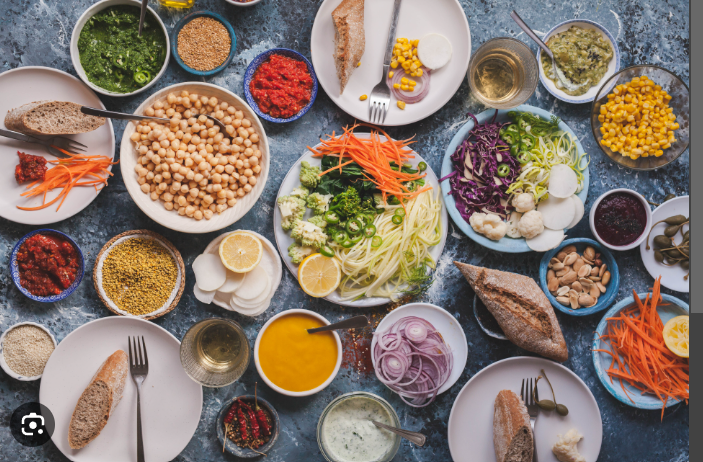
Yes, you’ll probably lose weight if you follow a flexitarian diet, especially if you exercise frequently. Evidence suggests that semi-vegetarian diets for weight loss generally fall between fully vegetarian diets and non-vegetarian diets. If you emphasize the plant-based aspect of flexitarianism, you’ll probably feel satisfied with fewer calories than you’re used to.
Instead of following a rigorous diet, eating more plants has the pleasant side effect of causing short- or long-term weight loss. It’s up to you how quickly you lose weight and if you keep it off. The flexitarian diet came in at number five overall for the best weight-loss diets.
How to Get Started on the Flexitarian Diet
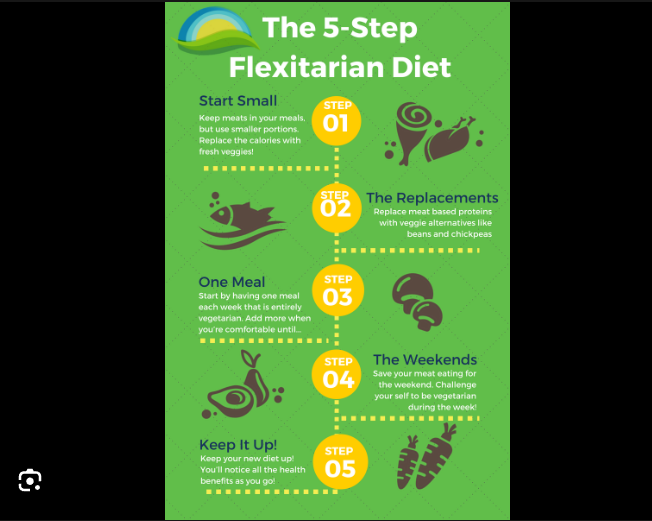
It’s crucial to start out cautiously and then gradually increase your flexitarian diet.
You can start by including plants in every meal to ease yourself into it. Aim for at least 2 cups of plants per meal, which is around half of your plate. Choose one meal every day when plant-based alternatives to animal products are simple to make. For breakfast, for instance, you could substitute hearty oatmeal with berries and chia seeds for the eggs and sausages. Choose a salad with beans for lunch rather than chicken.
Consider scheduling your week so you know when you’ll be eating animal products. This will help you plan wisely for the other meals, advises Shapiro. “Recognize that some weeks will be different than others, but being mindful and having healthy vegetarian options available will make the process easier.”
Who Should Not Try the Flexitarian Diet?

The flexitarian diet may accommodate children’s demands and is family-friendly. Pregnant women, people with diabetes, and those with other chronic illnesses should see their doctors before making significant dietary changes, though.
Pros:
Positive in terms of nutrition.
Different smells and meals
Available group or coaching support.
Its high fiber content makes it filling.
Foods or food groupings are not forbidden.
Convenient options for grab-and-go meals
Has been shown to be healthy.
Cons
You might grow hungry.
Also read-Noom Diet: Important Information
images source-google







